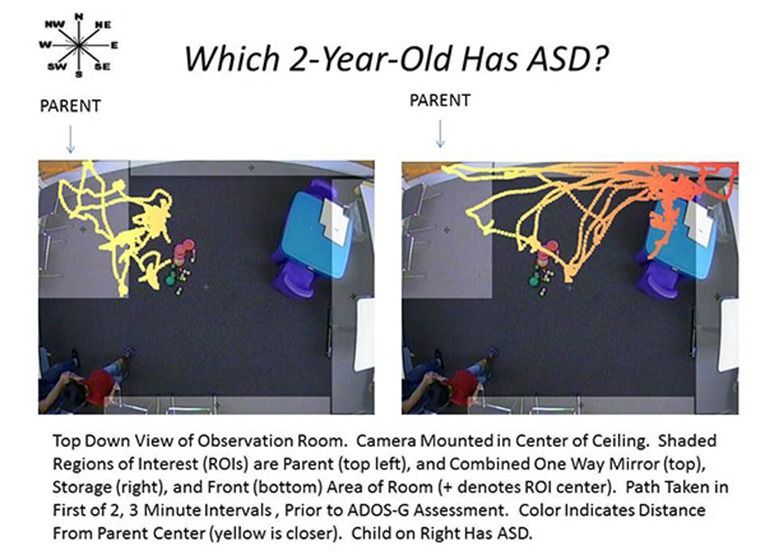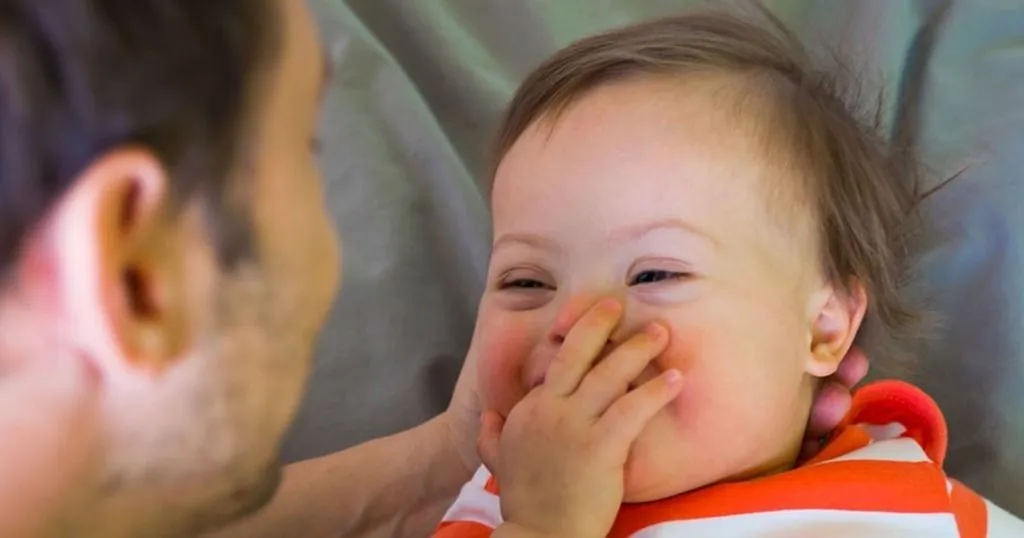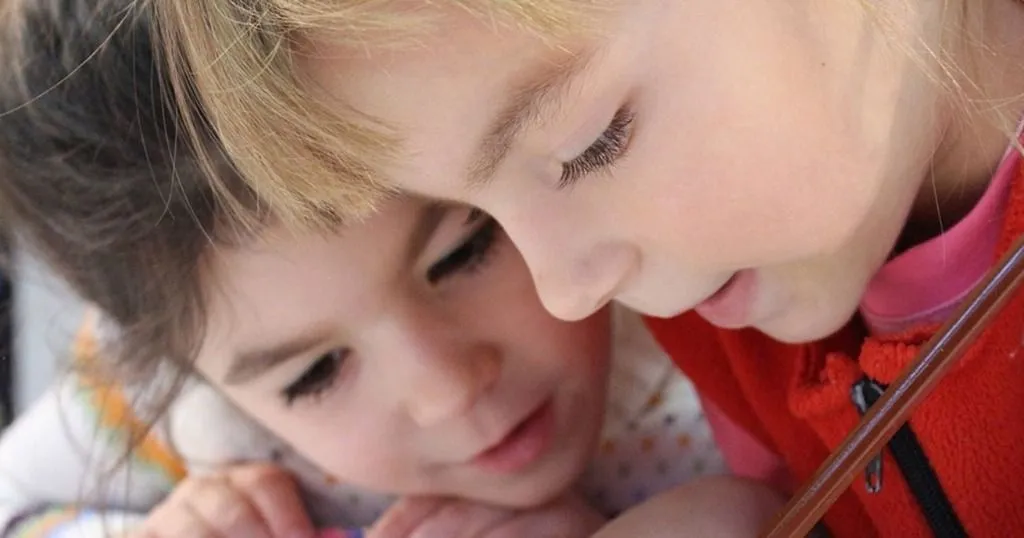Video tracking of children with autism
Automated video tracking is a valuable tool for studies on animal models of autism (ASD). Diagnosis of ASD is based on behavior alone in humans, so naturally, behavior is an important part of human as well as rodent studies.
Posted by
Published on
Wed 29 May. 2013
Topics
| Autism | Behavioral Research | EthoVision XT | Labs | Parent-child Interaction | Video Tracking | Developmental Disorder |
Automated video tracking is a valuable tool in many rodent studies, such as research on animal models of autism spectrum disorder (ASD). Diagnosis of ASD is based on behavior alone in humans, so naturally, behavior is an important part of human as well as rodent studies.
Using video tracking to study human behavior objectively
In children, diagnosis and research is based on behavioral tests and questionnaires. These are, by nature, always more or less subjective. The study of behavior in rodents and other animals can be done objectively by using automated video tracking and Dr. Cohen thought this might possibly be of use for children as well who have ASD because of their observed tendency to remain at a distance from their parents and, in an unfamiliar room, to stay near the periphery (a type of thigmotaxis).
Dr. Cohen and his colleagues from the New York State Institute for Basic Research in Developmental Disabilities (NY, USA) presented their research at the International Meeting for Autism Research (IMFAR) last month. It showed that video tracking is indeed a valuable addition to ASD research in children.
The work of Dr. Cohen and his colleagues
Ira Cohen has a long-standing interest in behavioral measurement, specifically in objective recording of behaviors associated with ASD. He started out studying operant conditioning in rats, and designed his own equipment in doing so, such as a brain stimulator and operant chamber. After his postdoc he became involved in psychopharmacological research on autism and again designed his own operant equipment.
He tells us: “When I learned about EthoVision XT at an SRCD (Society for Research in Child Development) conference, I immediately suspected it would be useful for objective measurement of this type of behavior.” He started using it as new cases came in for diagnosis and follow-up assessments. “I found that having the children wear red shirts worked the best.”
Study on children with ASD
At the IMFAR his team presented a poster on a recent study that examined correlations between ASD rating scale data and data gathered with EthoVision XT video tracking. They studied 31 children between the ages of 2 and 14, of which 22 were diagnosed with ASD. They were observed in a free-play situation in a large room with toys placed on the floor and on a table. One of the child’s parents was seated in a corner of the room during observations.
Video tracking children
During this free-play time, EthoVision XT was used to track the child as he or she moved through the room. Two zones of interest were marked with EthoVision XT: the area around the parent, who was seated in the northwest corner of the room, and the periphery of the room. From the tracking data, several variables related to these zones were selected to compare with ASD rating scales: mean distance from, mean time spent in, and latency to approach the two zones. In addition, path complexity was used to assess stereotyped or ritualistic behavior.

Image courtesy of Dr. Cohen (New York State Institute for Basic Research in Developmental Disabilities, NY, USA).
ASD rating scales
To evaluate the correlation between objective EthoVision XT tracking data and typically used rating scales, tracking data was combined with rating scale results. The scales used included:
- The PDD Behavior Inventory (PDDBI) (Cohen and Sudhalter, 2005) completed by the parent prior to the visit
- The Sansone et al. (2011) factors of the Aberrant Behavior Checklist (ABC) which was completed by the parent during the observation
- Parent interview with the Vineland Adaptive Behavior Scales (VABS) prior to the observation
- Clinician ratings based on the Gotham et al (2007) ADOS‐G scoring system
Video tracking data predicts rating scale scores
The researchers found correlations between the EthoVision XT tracking data and the rating scales results, and concluded that these objective measures could indeed be used as predictors of the rating scale scores.
Variables latency and mean distance to the parent were taken as a measure for social avoidance. This predictor associated most with the ADOS assessments of autism severity. Latency and mean distance to the periphery were taken to objectively score periphery preference. This score was most closely linked to parent ratings of autism severity and adaptive skills. Path complexity, as measured with EthoVision XT, when remaining close to the periphery of the room, was predictive for parent ratings of severity of stereotyped behaviors as well as for parent ratings of lack of social competence as measured by the PDDBI and VABS.
New possibilities
This study offers a great basis for building new objective methods of assessing children with ASD. It shows that objective measurement of behavior in children is possible by tracking there movement during the observational period. It also offers great feedback to similar tests done with animal models of ASD and may potentially be of use in objectively tracking change as a result of intervention.
Acknowledgements
We would like to thank Dr. Cohen very much for telling us more about his research. We look forward to many interesting studies that use video tracking in human behavior research in the future!
Update: this research has now been published: Cohen, I.L.; Gardner, J.M.; Karmel, B.Z.; Kim, S.-Y. (2014). Rating scale measures are associated with Noldus EthoVision-XT video tracking of behaviors of children on the autism spectrum. Molecular Autism, 5(15), doi:10.1186/2040-2392-5-15.
Read more about observational research on autism spectrum disorder in this free white paper.
Related Posts

Understanding cognitive delays in infants with Down syndrome

Measuring flow

